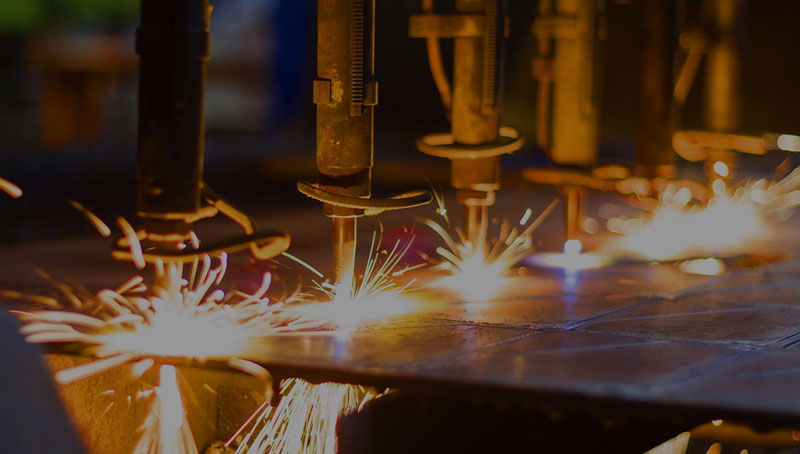When it comes to selecting a manufacturing process, different technologies and methods stand out for each industry. Within each category there is still flexibility depending on the level of precision required, balanced with cost considerations. Depending on your application and industry, from prototypes to production runs, you have to find the right manufacturing technology for your application.
Manufacturing for Aerospace
Engineers and product designers within the aerospace industry overwhelmingly utilize CNC machining for their custom parts due to the high precision and range of qualified materials and finish options. Aerospace companies have a lot of machined work because they can design tight tolerances on metals like aluminum, steel, and titanium. For the jobs that aren’t machined or fabricated using sheet metal, Fused Deposition Modeling (FDM) and Metal 3D printing are becoming more and more common as they allow for complexity and the ability to scale at a lower cost.
Manufacturing for Medical Devices
Traditional manufacturing methods such as Metal Injection Molding (MIM) and die casting are very popular with medical devcie companies. Besides traditional methods, the most popular process among engineers and product designers in the medical devices industry is Metal Additive Manufacturing. Metal additive manufacturing offers strength, precision, and complex geometry for a fraction of the cost of traditional machining. For non-metal parts and prototypes, plastic 3D Printing is also a popular option. When high-precision and custom materials are the primary concern, CNC machining is also a very popular manufacturing method for some medical device jobs.
Manufacturing for Consumer Electronics
While consumer electronics can be manufactured with a wide range of processes, they’ll likely fare best with FDM or other metal 3D printing techniques. FDM in plastic pieces is great because it offers greater strength, material selection, and larger volume capability. Finer detailed models for rapid prototyping are well suited for photopolymers such as PolyJet rigid and rubber-like materials, including options to build multi-material demonstration pieces. For more cosmetic and end-consumer product runs, the industry will often move to Urethane Casting to hit the surface finish, performance, and color requirements that wow their market. Urethane cast parts are often a precursor to higher volume manufacturing, such as molding. When it comes to metal components, stamping, casting, and CNC machining are also popular options.
Manufacturing for Automotive
Automotive is widely viewed as the most difficult industry for metal additive manufacturing technologies. With most technologies, scaling to large volumes is incredibly difficult, so traditional manufacturing methods are usually employed, such as investment casting, sand casting, and stamping. CNC machining is also a widely used manufacturing choice for engineers in the automotive industry. When designing custom auto parts, it is important to have numerous materials to choose from, along with a variety of custom finish options. On the factory floor, automotive production engineers are taking advantage of the metal 3D printing to build purpose-built assembly jigs and fixtures.



